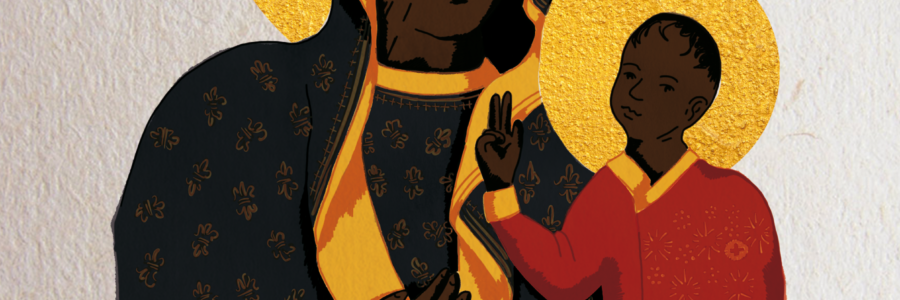
Images of the Blessed Virgin















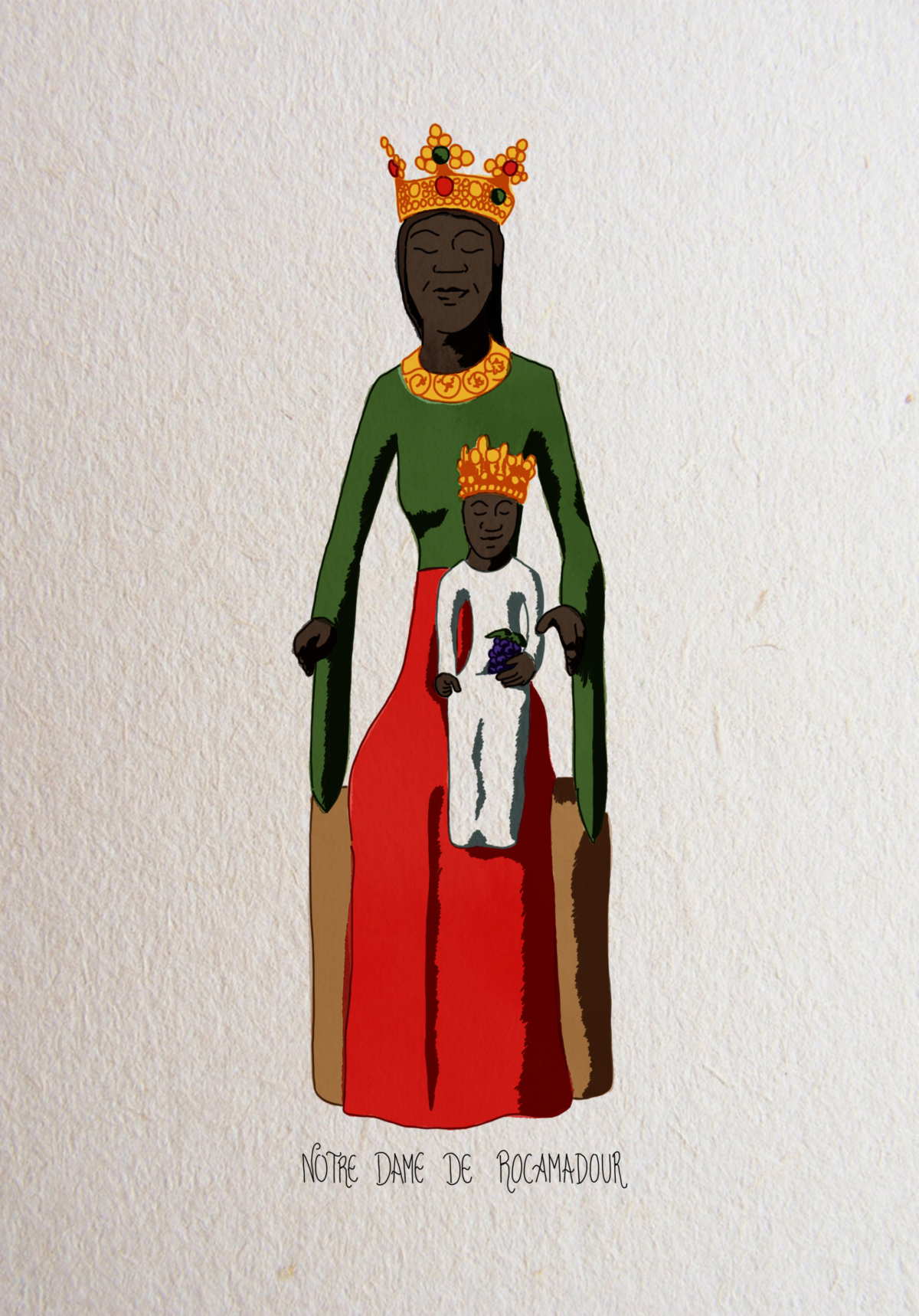
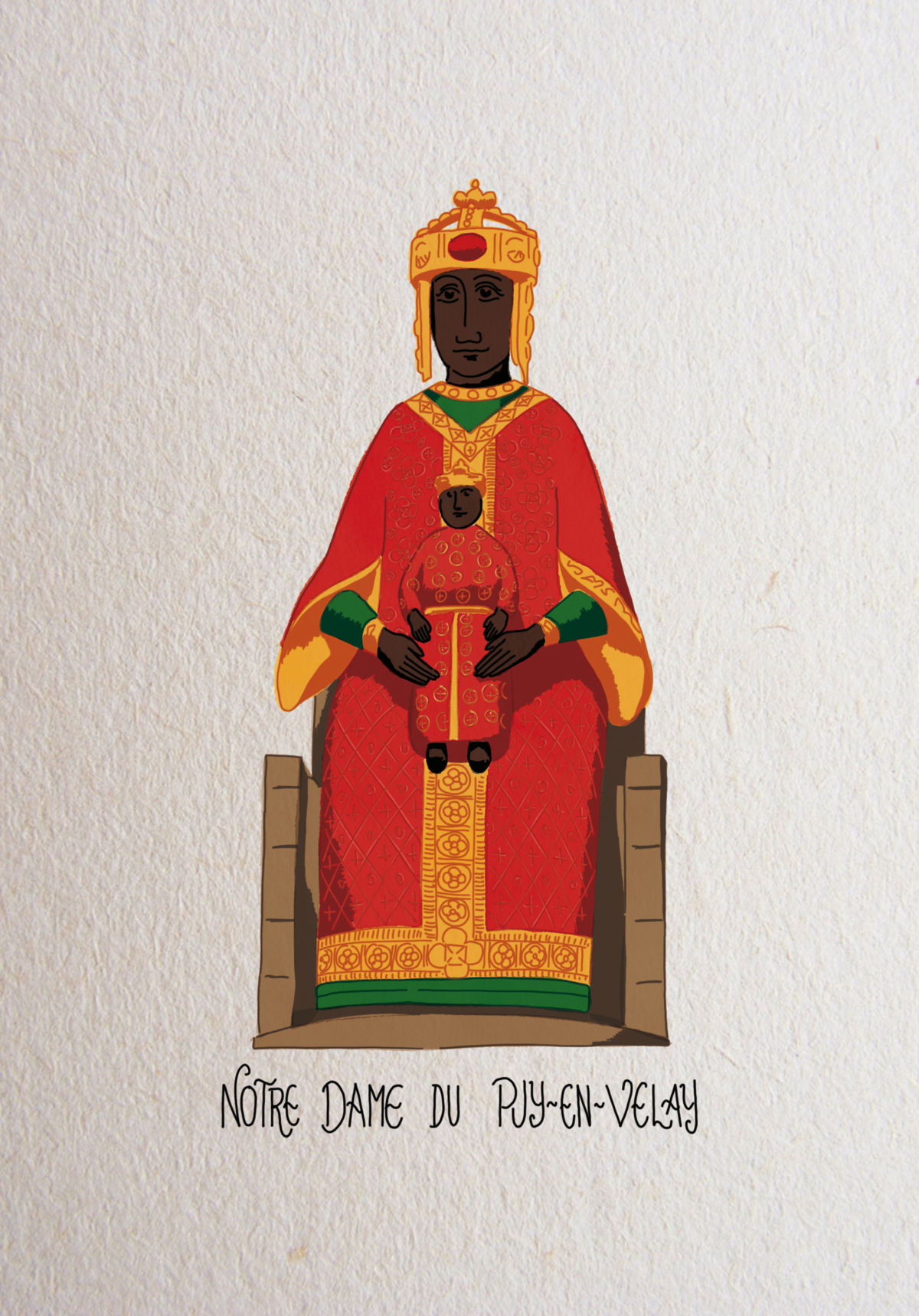
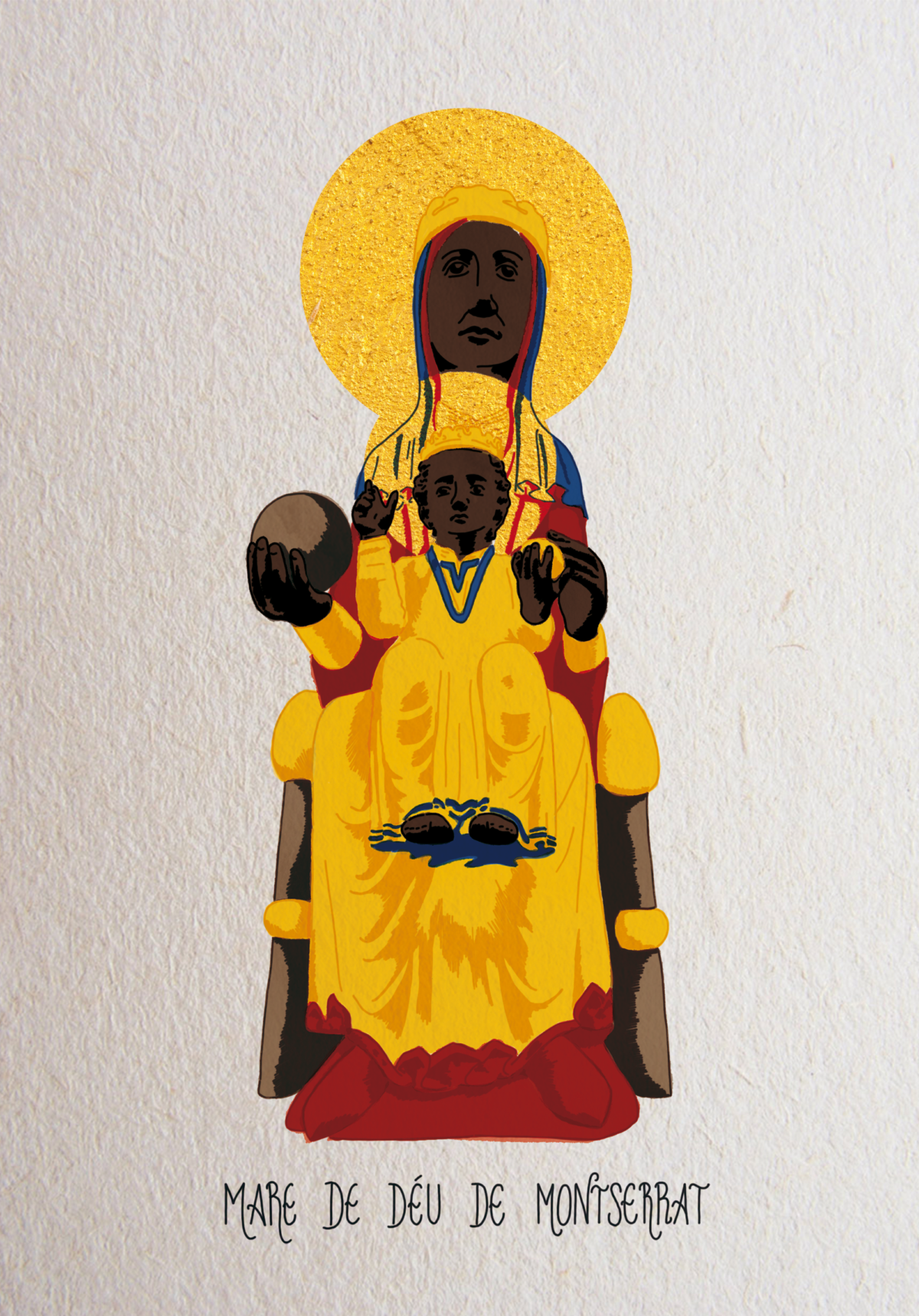
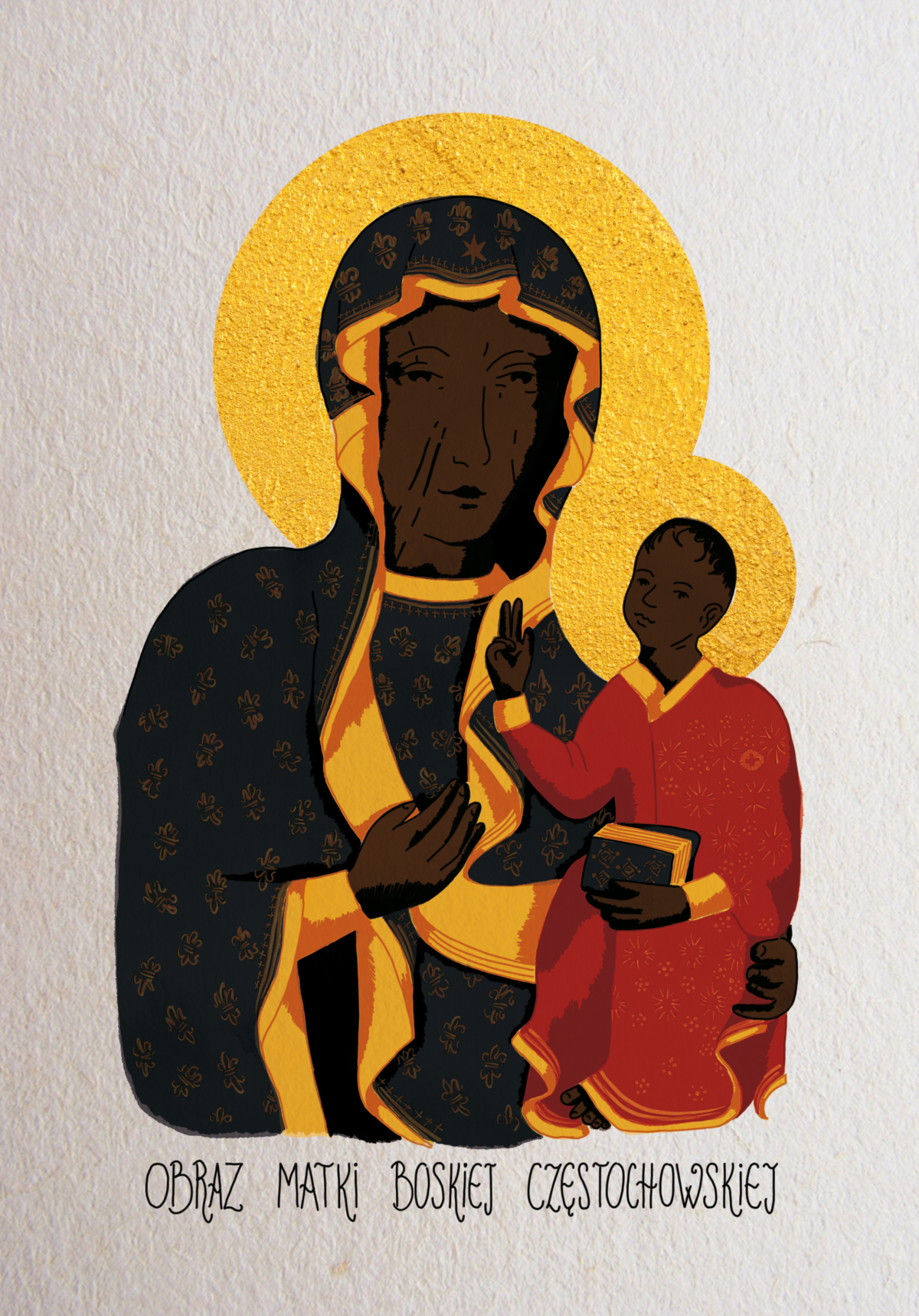
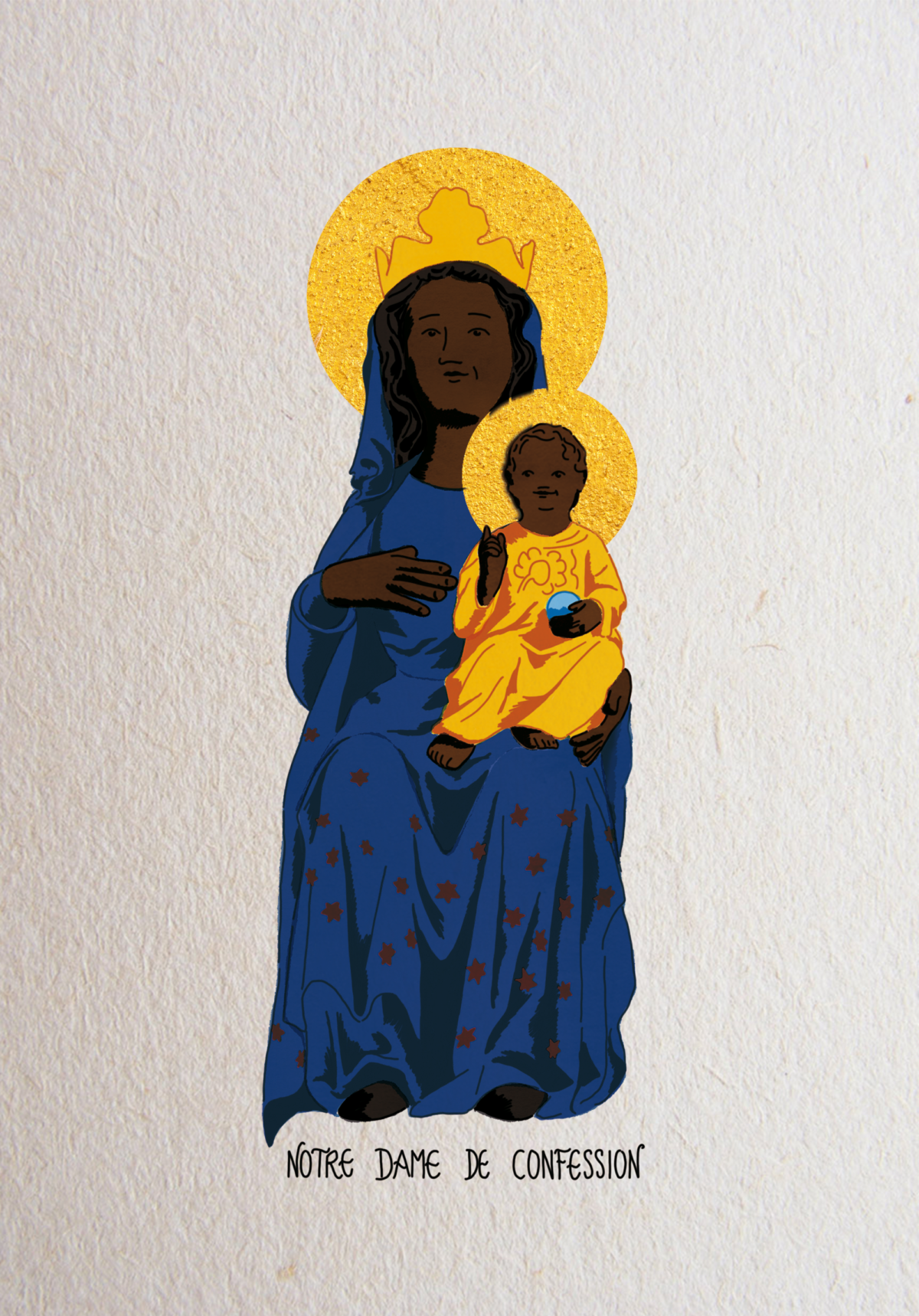
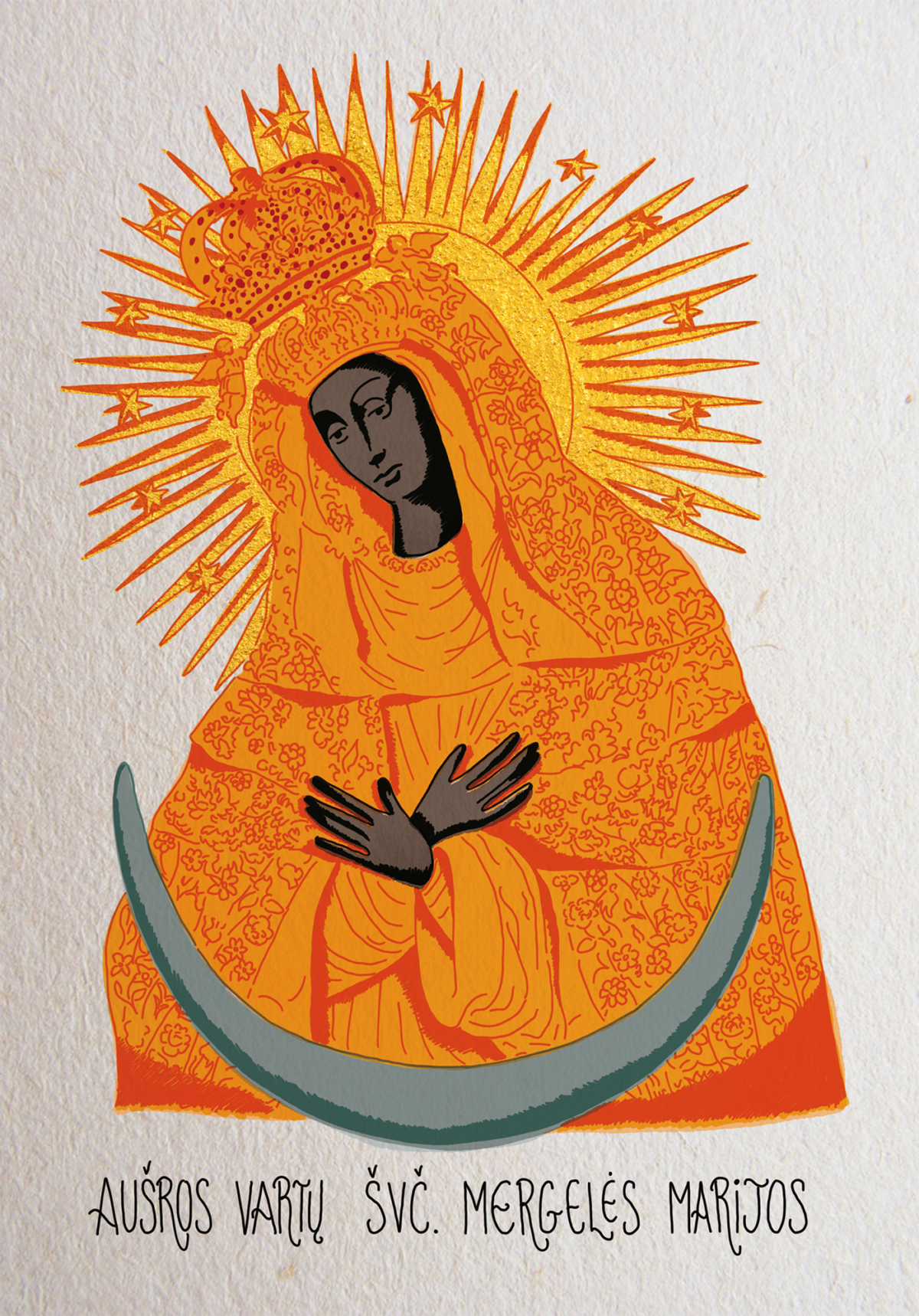

You can order these images here
• The Immaculate Conception is the conception of the Virgin Mary “without spot”, that is to say free from original sin. This is a dogma of the Catholic Church which was proclaimed on December 8, 1854 by Pope Pius IX by the bull Ineffabilis Deus, but this belief already existed among certain Fathers of the Church in the 4th century. It is often mistakenly confused with the virgin conception of Jesus Christ, that is to say the dogma of the Incarnation, but it concerns only the conception of Mary itself. (more) I chose the representation of Our Lady of Lourdes.
• Madonna della Neve: the Madonna and Child of the Snow is a representation of Mary common in Italian Piedmont.
• Our Lady of Međugorje: Međugorje or Medjugorje is a Catholic parish in the municipality of Čitluk in Bosnia and Herzegovina. Mary of Nazareth would appear there to six Croats of Herzegovina since June 24, 1981, daily according to three of the seers, always carrying messages of peace. Currently, the official judgment of the Catholic Church concerning these phenomena refers to the non-finding of supernaturalitate in the Declaration of Zadar: “On the basis of the research carried out so far, it is not possible to affirm the supernatural character. of these appearances or revelations. However, many pilgrims make their way to Mejeugorje mountain every day. This pilgrimage has been authorized by the Vatican since May 12, 2019.
• Maria Knotenlöserin: Mary undoing the knots is the name given to a Marian devotion linked to a baroque painting from the 18th century. The original of this painting is in St. Peter’s Church in Perlach in Augsburg (Bavaria, Germany). Pope Francis was struck by this image when he was studying in Germany in the 1980s and promoted its veneration first in Argentina and then throughout the world.
• Our Lady of Fátima is the name under which the Virgin Mary is invoked as she would have appeared to three children in Fátima, a village in central Portugal, on six occasions during the year 1917. These apparitions, including the message is about prayer and the final ends, were initially the object of mistrust, as well on the part of the civil authorities as of the religious authorities. In 1930, the recognition of these apparitions by the Roman Catholic Church reinforced the popular success of what became a major world center of pilgrimage.
• Located on a rocky outcrop above Èze (Alpes-Maritimes, France), the Laghet sanctuary houses a miraculous statue of the Virgin.
• Built in Paris by Louis XIII, the Sanctuary of Notre-Dame des Victoires is well known for the many graces bestowed there by the Virgin Mary to all the pilgrims who come to visit her, in particular for personal successes or conversions.
• Notre-Dame du Lac Togo appeared on a boat in 1940, near Togoville.
• Our Lady of Guadalupe (in Spanish Nuestra Señora de Guadalupe) or Virgin of Guadalupe (in Spanish Virgen de Guadalupe) is, in Mexico, the name given to the Virgin Mary who would have appeared, according to tradition, to a native of Mexico , Juan Diego, in 1531. The Virgin of Guadalupe is a figure of Catholicism in Latin America; its feast, December 12, brings together all American nations. On this occasion, many celebrations are organized around the world. The Virgin of Guadalupe has several titles: patron of Mexico City since 1737, patron of Mexico since 1895, patron of Latin America, patron of the city of Ponce in Puerto Rico and patron of students in Peru since 1951. She is also proclaimed “Queen of Mexico” (in 1895) and “Empress of the Americas” (in 2000).
• Notre-Dame-de-la-Garde (in Provencal, Nouestro-Damo de la Gardo), often nicknamed “the Good Mother” (la Boueno Maire in Provençal), is a minor basilica from the 19th century of the Catholic Church. Emblem of Marseille, dedicated to Notre-Dame de la Garde (protector of Marseille with Saint Victor), it dominates the city and the Mediterranean Sea from the top of Notre-Dame-de-la-Garde hill (classified site since 1917) .
• Our Lady of Knock: Marian apparition of 1879, in Ireland, which would have been accompanied by other apparitions of Saint Joseph, Saint John, angels and Jesus Christ (the Lamb of God). This apparition is recognized as authentic by the Catholic Church.
• Our Lady of Perpetual Help is a “miraculous” icon (Imago Beatae Mariae Virginis miraculis illustris) dating from the fourteenth century, of the Byzantine type, known in Russian as “Strastnaya” (from Strast ‘: Passion, to the instruments of the Passion). According to legend, of Cretan origin, its iconographic type was attributed to Andréas Ritzos around 1492.
• Saint Mary, represented as mother of the world full of compassion.
• Holy Family: Mary, Joseph and Jesus.
• Regina Pacis: according to the statue by Guido Galli, located in the Basilica of Santa Maria Maggiore (Rome). It was commissioned by Pope Benedict XV to give thanks to God for the end of the First World War.
• Notre Dame de Rocamadour is a medieval wooden statue located in the Notre-Dame de Rocamadour chapel (France), in the religious complex formed by the Saint-Sauveur basilica, the Saint-Amadour crypt and several chapels.
• Notre Dame du Puy-en-Velay is a wooden statue, a copy of the one offered to Saint Louis on his return from Egypt. It can be found in the cathedral of Notre-Dame du Puy-en-Velay (France).
• Mare de Déu de Montserrat (in English: Our Lady of Montserrat) is the patron saint of Catalonia. It is located in the basilica of the monastery of Santa Maria de Montserrat.
• Obraz Matki Boskiej Częstochowskiej (in English: Black Madonna of Częstochowa, Poland) is an icon dating from the 14th century, if not earlier, kept at the monastery of Jasna Góra.
• Notre Dame de Confession is a 12th century statue, preserved in Marseille, in the Abbey of Saint-Victor.
• Aušros Vartų Švč. Mergelės Marijos (in English: Our Lady of the Door of the Dawn) is a 17th century icon preserved in Vilnius. It is the subject of many pilgrimages from the Baltic countries and Poland.
• The Virgin of Strasbourg is a medieval wooden statue kept in the crypt of Notre-Dame Cathedral in Strasbourg.